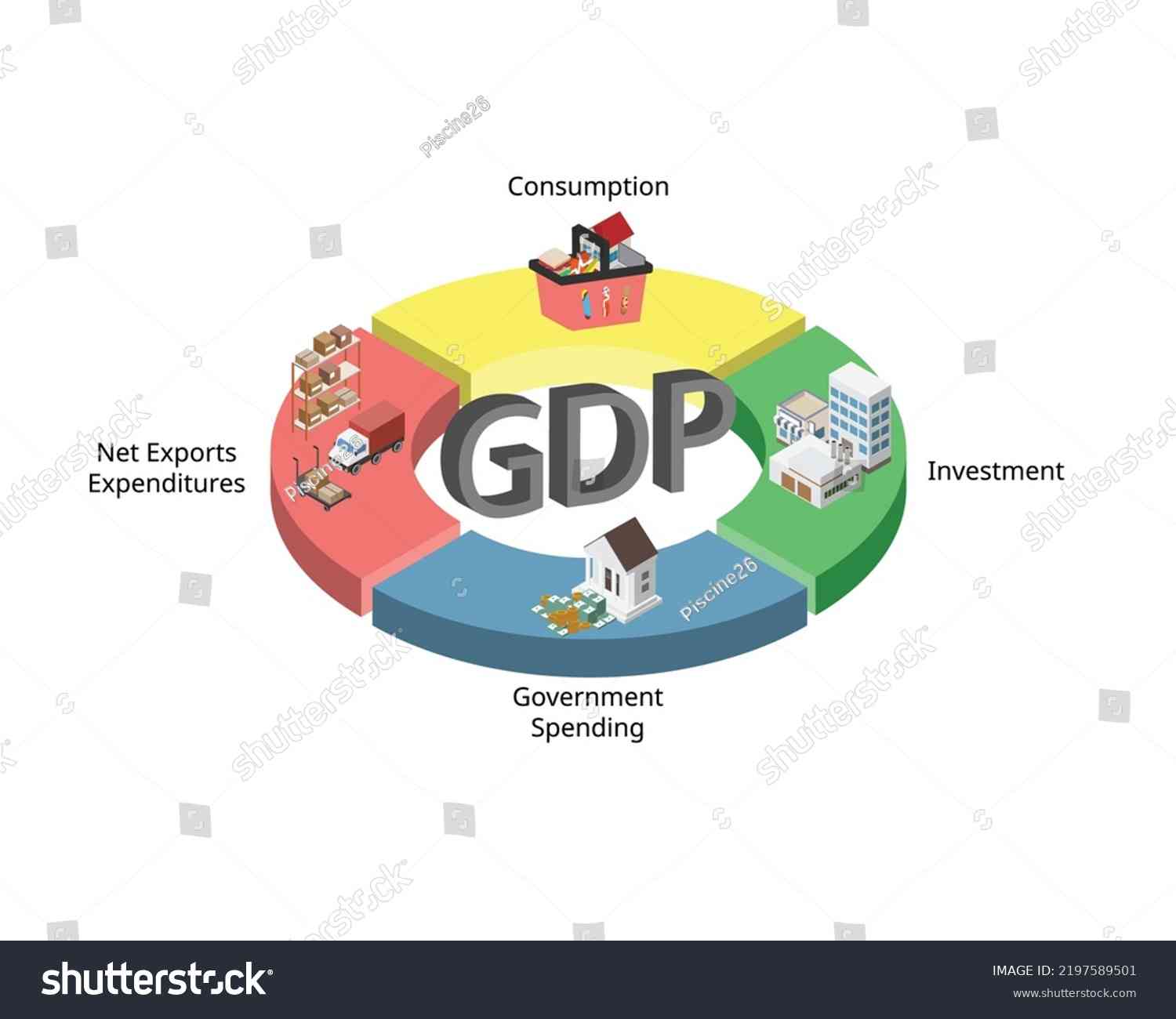
THERE are quite a lot of things that can be done in order to increase the contribution of financial institutions to Zimbabwe’s developmental aspirations.
However, in order to fulfil that mission, policymakers will firstly need to be aware of how the finance sector can limit the economic growth and developmental potential of a country.
Unfortunately, as with several other areas, Zimbabwe lacks readily available data on various metrics pertaining to the financial sector.
In order to proceed beyond this challenge, I regularly use data from other countries, which can in-turn be used to establish desirable outcomes pertaining to Zimbabwe.
Below, arguments are presented, which showcase the influence of the financial sector in other countries, towards their respective economies. South Africa and the United States are used as examples.
In next week’s article, inferences are presented which draw from the foreign countries and still relate to Zimbabwe’s own financial sector.
South Africa
In South Africa, the banking sector alone, generates 10-15% of the country’s total corporate profits, each year. That is such a huge number because the banking industry contributes only 2% to the country’s total economic operating expenses (each year). However, as described earlier, their profits are more robust.
- Chamisa under fire over US$120K donation
- Mavhunga puts DeMbare into Chibuku quarterfinals
- Pension funds bet on Cabora Bassa oilfields
- Councils defy govt fire tender directive
Keep Reading
If the entire financial sector (insurance companies, pension funds, non-bank debt and stock markets, etc) were to be included the value of profits as a share of total national amounts, would be way higher.
Unfortunately, data for the entire financial sector’s contribution to corporate profits is not readily available even in South Africa.
South Africa has a massive financial sector. For perspective, the South African retirement industry alone, has more than US$242 billion (R4,6 trillion) in assets under management.
These huge amounts show that the contribution of the financial sector in the economy needs to be consistently monitored, respected and if possible — mildly regulated, so that it provides a further driving force to the country’s social development and economic aspirations.
Nationally, profit margins have been so high in the financial industry. On the other hand, margins have been lower in other industries such as trade, construction, electricity, water supply, manufacturing, forestry and fishing, tourism and hospitality, etc. Notably, South African banks are highly dependent on customer deposits as a form of bank funding. That means their cost of raising funding for onward lending is relatively lower than for banks in developed countries.
It is regularly assumed that regulatory barriers and high costs of entry, shield South African banks against competition from new entrants into their markets. This in-turn keeps existing dominant banks, in a space where they can charge their customers higher margins, leading to excessive profits.
The combined headline earnings of the four largest banks were an “earth shattering” US$6 billion (or R113,2 billion) in 2023. It is important to outline that headline earnings do not include earnings from other infrequent business activities and are typically an under-representation of total earnings.
Another point to note is that, South Africa’s financial sector has massive offshore investments in other countries. At the end of 2023, these foreign investments were reported to be worth US$365 billion (or 99,4% of GDP).
The rationale for this trend has been described as the desire to find alternative investment destinations besides the shrinking South African economy, along with sustained delistings on the local stock exchange.
Increasing offshore investments provides increased diversification opportunities for the sector. Unfortunately, this is also one of the major factors contributing to South Africa’s capital markets becoming shallower and less liquid over the past few years.
The country’s low rates of economic growth and domestic saving, the crowding out of private sector debt by the government, and reduced foreign portfolio investment inflows, have had a similar impact (have caused swallowing and liquidity issues in domestic capital markets).
Shallow and less liquid capital markets imply fewer options for local investors (including savers or depositors of funds) and borrowers (who depend on consumer, corporate or government debt).
In other words, investors have limited alternatives where they can assign their funds, while borrowers have limited sources to turn to for debt and affordable lending rates. The lack of depth also increases more concentration risk, because domestic financial institutions have limited options, domestically, where they can invest their money for a profitable and guaranteed return.
Additionally, if financial institutions increasingly invest their funds in foreign countries, and largely reinvest the profits earned in those foreign territories, this puts pressure on the South African rand, such that it will depreciate against foreign currencies.
Domestic corporations and other borrowers will also find it relatively harder to raise funds locally, when there are huge investments being made in foreign countries by the financial sector.
Unclaimed payouts are also a rising problem in South Africa. Billions of dollars in unclaimed financial benefits remain locked, in the custody of financial institutions. Many institutions have incomplete or outdated beneficiary data. South Africa’s large migrant labour force means many workers move frequently outside of the country.
This makes it harder to trace them. On the other hand, some financial institutions do the bare minimum to locate beneficiaries. The unclaimed funds become an interest-free resource which the institutions can use to profitably invest elsewhere.
Similarly, unclaimed money in the custody of the government is a huge revenue stream (for the government). Some unclaimed funds, which are under government’s management, are automatically forfeited to the government, after 30 years without being claimed by their rightful owners. It is reported that, so far, unclaimed funds are well over US$8 billion (R152 billion).
For financial institutions in the private sector, unclaimed funds represent an interest-free pool of capital. While funds technically owe the money to beneficiaries, they continue investing it, often profiting from managing this money.
The United States
In the US, about 25% of all national corporate profits go to the financial services sector (banks and other financial institutions). The American financial services accounts for only 7-8% of GDP (value of goods produced nationally), but a huge 25-30% of all corporate profits.
In the early 2000s, the profits had even reached an obscene 40% of all corporate profits. Similar to South Africa, the US has limited competition in financial services, perhaps due to difficulties of entry and an extreme regulatory environment.
A lack of competition in the financial sector essentially implies that when financial transactions are involved — whether corporate or household — this sector is able to carve itself larger profit margins, than if there were more competitors. The number of insured commercial banks and savings institutions fell from 10 222 in 1999 to 5 002 in 2020.
American experts argue that “corporate profits are eating the US economy”. Company earnings regardless of sector, are reaching new highs as a share of GDP, while wages have been falling to new lows. Similar to corporate profits, the stock market has also been surging.
In essence, American corporations are taking a bigger bite out of the country’s wealth. Financial institutions, in particular, have been getting an awkwardly large portion. Resultantly, finance has surpassed agriculture, mining, manufacturing and various services, as the biggest profit centre in the economy.
Manufacturing has declined from around 50% of total corporate profits, in the 1950s, to less than 25% today. Clearly, if there was a way to have the banks to reduce their profits, they would lend to more consumers and businesses, possibly at lower interest rates. This would obviously drive economic growth more robustly.
From the 1950s to the 1980s, the situation was much different. Back then, the financial sector claimed around 10% of the total US annual corporate profits. In the mid-century American economy (1950s), when manufacturing was raking in 40%-50% of corporate profits, it was also responsible for a significant 20%-30% of total employment.
On the other hand, even by 2013, the financial sector had never been responsible for more than 5% (of total employment). So, there is a major problem that profits shifted from high-employment industries to the low-employment financial sector.
This can be reasonably expected to slow down the growth of manufacturing and other high employment sectors (agriculture, manufacturing and other services for instance).
Even though the whole pie (value) of profits has grown through the passage of time, the concentration of profits in the hands of corporates (compared to employees or wages), means that earnings and, ultimately, wealth, are concentrated in much fewer hands today, than before.
There is something noteworthy to this story, though. After the early 2000s, manufacturing recovered its relative profitability, but it kept slashing jobs because of off-shoring (outsourcing) and its adoption of computerisation, high-tech machinery and automation.
By 2013, finance and manufacturing together accounted for more than 50% of domestic profits, but they employed only around 12% of the total US total workforce. That picture aptly describes how corporate profits have the potential to destructively eat an economy, at the expense of workers and the general citizenry.
This is why it may be critical to ensure that loans and bank charges to the high-employment sectors such as agriculture and various services (tourism, etc), are discounted as much as possible, or even subsidised directly by the government, where necessary.
Conclusion
Challenges associated with unregulated and non-optimised financial institutions have been highlighted above. Next week, a brief discussion of limitations in Zimbabwe’s own financial sector will be described. Thereafter, proposals will be made on how to surmount them.
- Tutani is a political economy analyst. He is also a member of the B20 Task Force on Sustainable Food Systems and Agriculture. The B20 advises the G20 on policy direction for the world’s most prosperous economies and the African Union. —[email protected].











